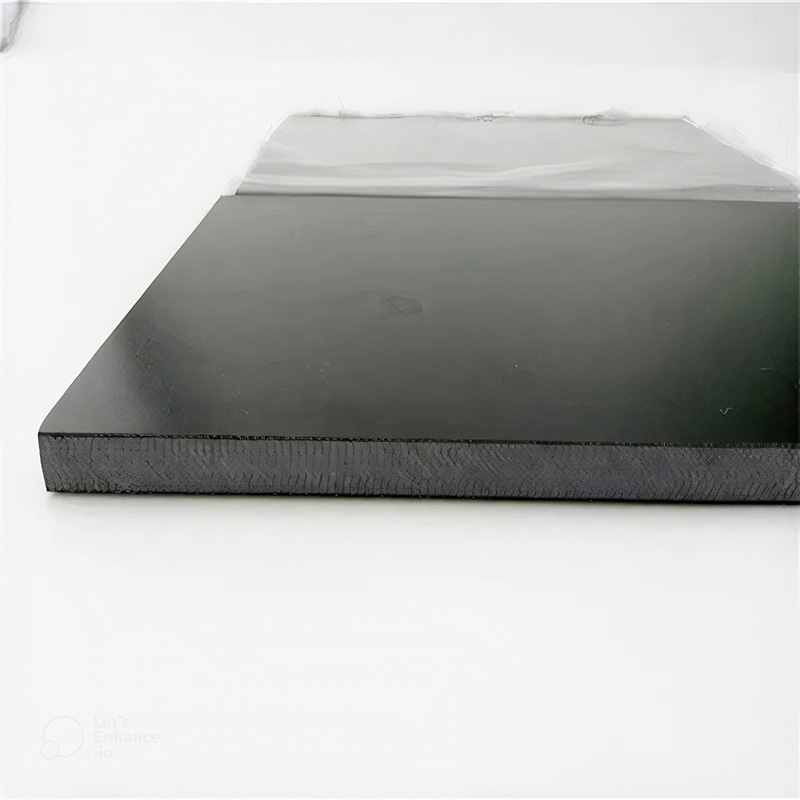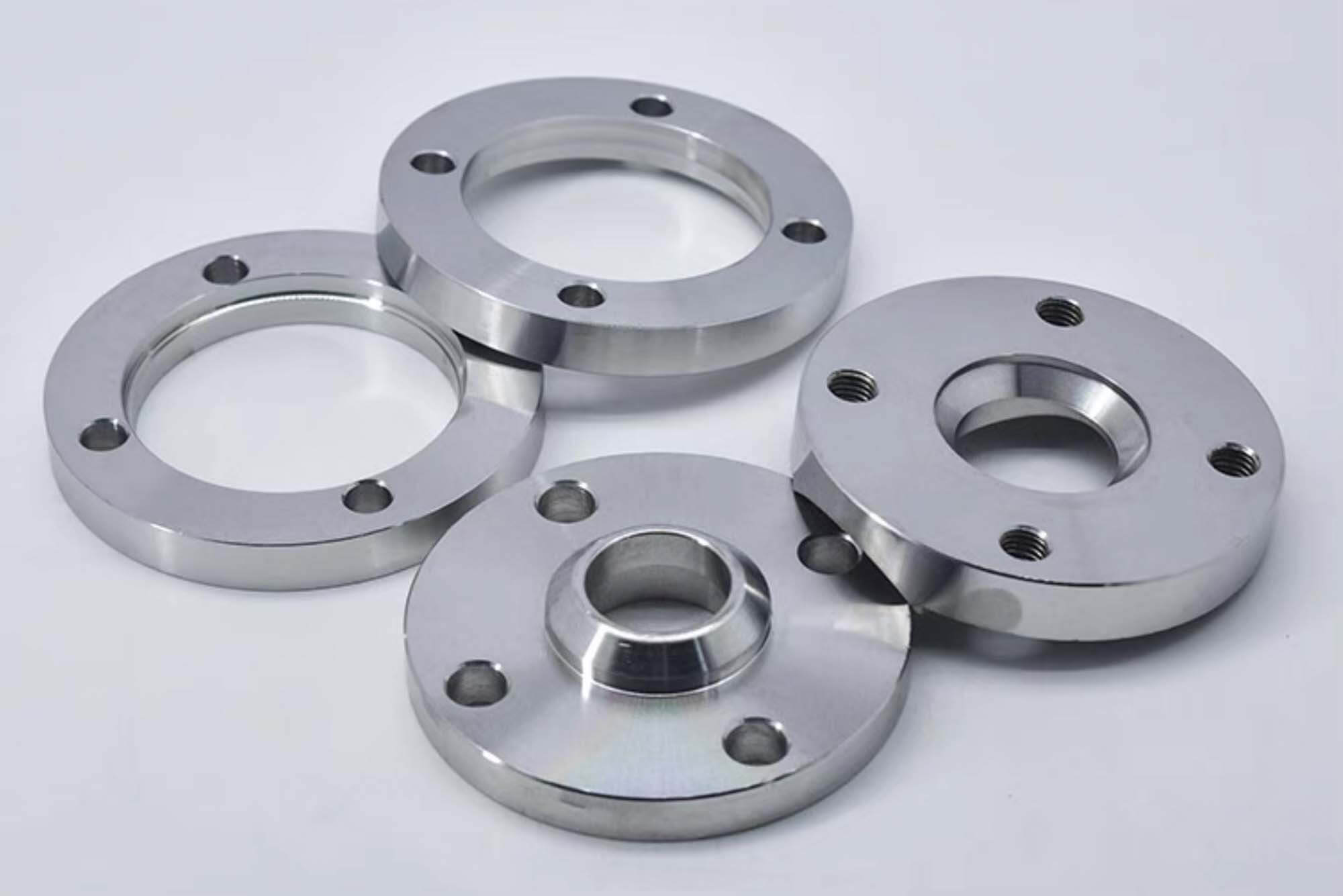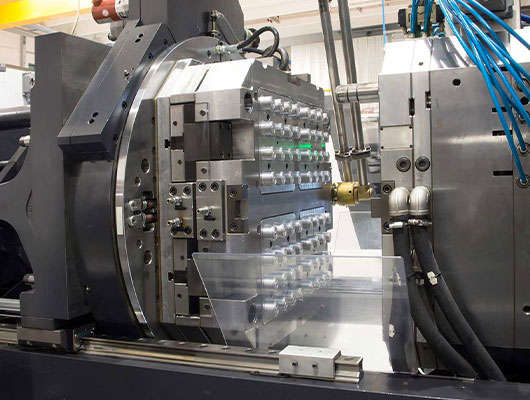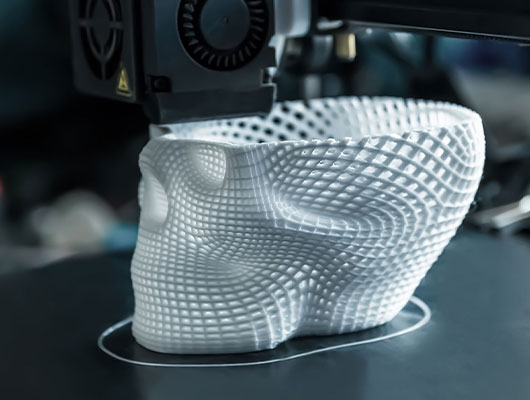About Garolite G-10
Garolite G-10 is a high-performance composite material that is commonly used in CNC machining applications. It is a thermoset plastic material made from layers of fiberglass cloth that have been impregnated with epoxy resin and then cured under high pressure and temperature.
Garolite G-10 is known for its exceptional strength, stiffness, and dimensional stability, making it an ideal choice for applications that require high mechanical performance. It also has excellent electrical insulation properties, making it suitable for use in electrical and electronic components.
This material is resistant to a wide range of chemicals and has good heat resistance, which makes it suitable for use in harsh environments. It is also lightweight, which can be an advantage in weight-sensitive applications.
Garolite G-10 is available in various thicknesses and sizes, and it can be easily machined using CNC processes such as milling, drilling, and turning. Its high strength and dimensional stability make it a popular choice for manufacturing high-precision parts and components in aerospace, military, and industrial applications.









